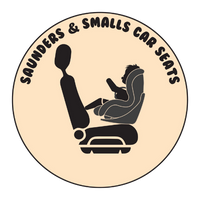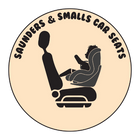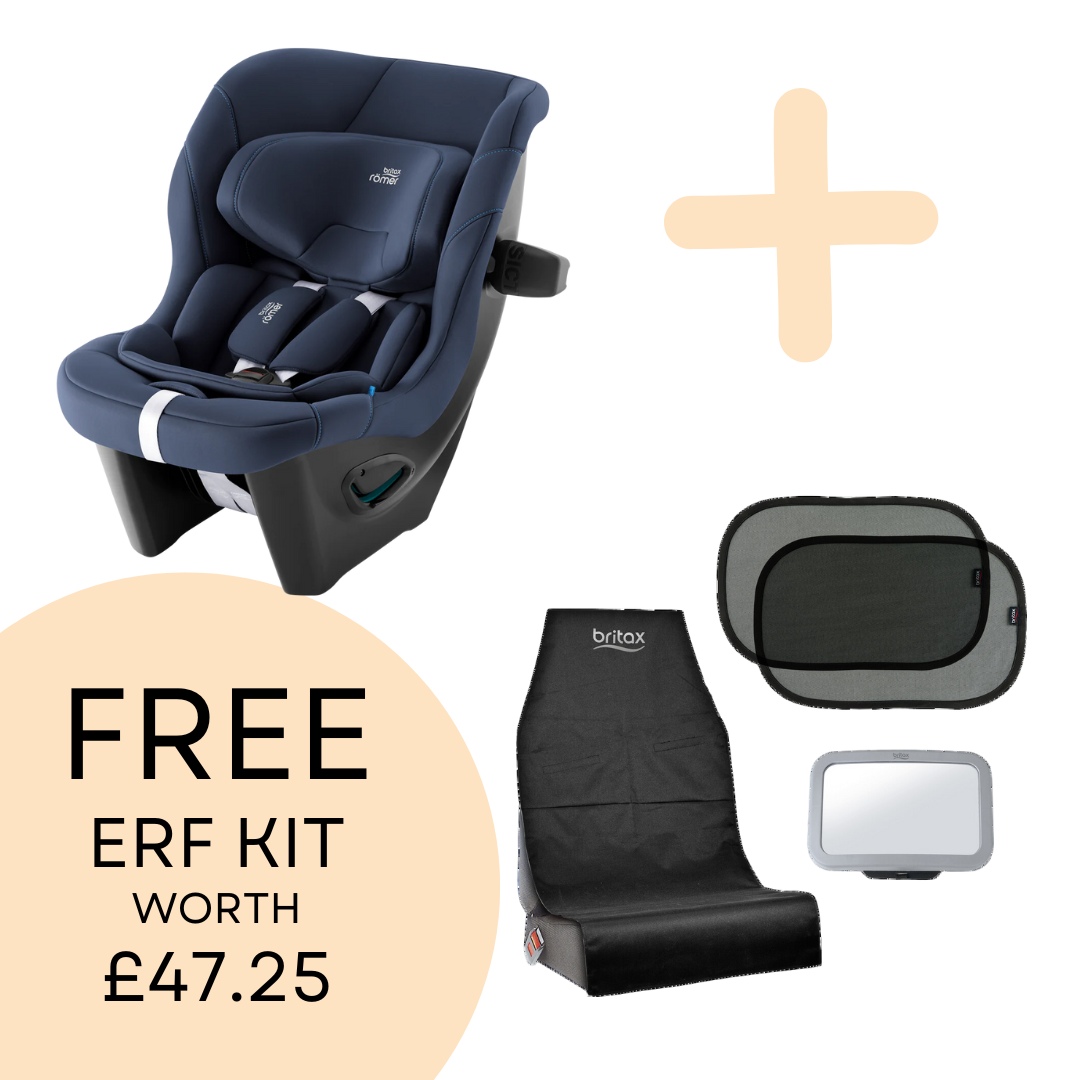Maximising Safety: The Essential Guide to High Back Booster Seats
Ensuring the safety of our children while on the road is a paramount concern for all parents and guardians. The journey through various car seats as a child grows is both necessary and legally mandated, reflecting the evolving needs of children at different stages of their development. Among these critical transitions are the move to a high back booster seat, a step that often brings with it questions and considerations about the best choice for safeguarding our little ones during travel.
A high back booster seat is designed to bridge the gap between car seats with built-in harnesses and the eventual use of a car's seat belt alone. Unlike backless booster seats, high back versions provide additional support and safety features, including side impact protection and a structure that guides the seat belt across the child's body correctly. Their purpose is twofold: to ensure that the vehicle's seat belt fits a child properly and to offer enhanced protection by supporting the child's back, neck, and head. This is particularly important in the case of side-impact collisions, where extra support can make a significant difference in outcomes.
As we delve into the intricacies of high back booster seats, it's essential to keep in mind that the right choice can significantly reduce the risk of injury in the event of an accident. The selection process, therefore, should be informed by a thorough understanding of the features, benefits, and guidelines surrounding these seats. This guide aims to provide parents and guardians with the knowledge needed to make an informed decision when selecting a high back booster seat, ensuring the safety and comfort of children as they grow.
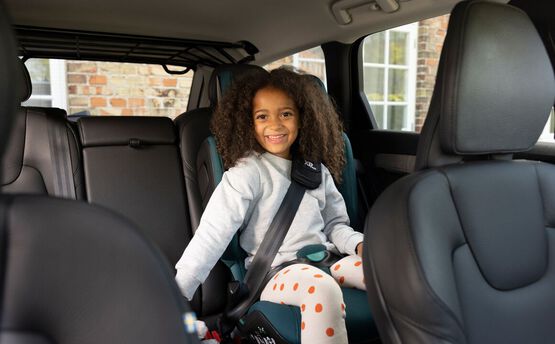
Age Requirements for High Back Booster Seats
The question of when to transition a child to a high back booster seat is one that frequently arises among parents and guardians. In the UK, the age at which a child can legally move to a booster seat is not solely defined by their age but is also influenced by their weight and height. Typically, children are considered legally ready for a high back booster seat when they weigh at least 15 kg (around 33 pounds), which usually corresponds to an age range of about 4 years old however we strongly believe that all children should use a complaint rear facing car seat as long as they can (up to 36KG) before using a high back booster. Safety experts recommend waiting until a child is older, possibly around 6 to 8 years old, depending on their physical development, to ensure that the seat belt fits properly across their shoulder and lap.
Legal requirements provide a baseline for safety, stipulating that children must use a child car seat until they are 12 years old or 135cm tall, whichever comes first. After reaching this threshold, they can legally use an adult seat belt. However, safety recommendations often advise extending the use of booster seats beyond the minimum legal requirements to enhance safety. This is because a high back booster seat helps to position the seat belt so that it properly aligns with the child's pelvic and shoulder areas, reducing the risk of injury in the event of a crash. Parents and guardians are encouraged to assess not just the age and size of their child but also to consider the child's maturity level and how well they can maintain a safe seating position throughout the journey, as these factors are critical in maximising the protective benefits of a high back booster seat.
If you are unsure if your child is ready to transition to a high back booster or if they are ready to stop using a high back booster, get in touch here.
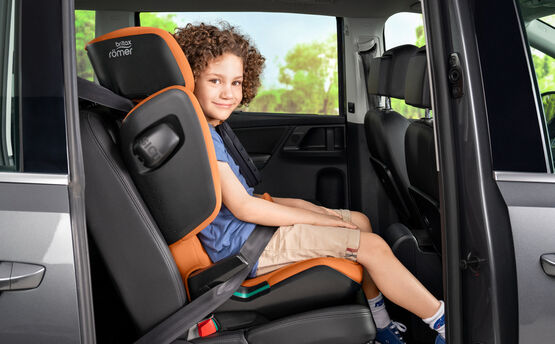
Safety Aspects of High Back Booster Seats
High back booster seats are often regarded as a safer option for older children who have outgrown their forward-facing car seats with a harness but are not yet tall enough to properly fit an adult seat belt. The design of high back boosters provides not only elevation for the child to ensure the seat belt crosses at the correct points on their body but also offers critical side and head support. This additional support is particularly beneficial in the event of side-impact collisions, where the risk of head and neck injuries can be significantly higher without the proper restraint and protection. Compared to backless booster seats, high back models ensure that the seat belt is positioned away from the child's neck and abdomen, areas vulnerable to injury in a crash, and guides it across the stronger parts of the chest and pelvis.
Moreover, high back booster seats often come with advanced safety features not found in backless boosters or traditional car seats, such as adjustable headrests, side-impact protection, and sometimes even LATCH systems that secure the booster to the vehicle, minimizing the seat's movement during a collision. These features collectively enhance the safety profile of high back booster seats. While both high back and backless boosters aim to position the seat belt correctly, the additional support and alignment provided by high back models make them a preferred choice for enhancing child passenger safety. As children grow, transitioning to a booster seat that offers the best protection tailored to their size and age is crucial, and high back booster seats represent an important step in this journey, balancing the need for safety with the child's growth and development stages.

Placement and Installation
When it comes to the placement and installation of high back booster seats, one common question that arises is whether these seats can be positioned in the front seat of a vehicle. The recommendation, grounded in safety research and guidelines, is that all children under 12 years old should ride in the back seat, where they are safest. This guideline is especially pertinent for those in booster seats, including high back models. The back seat, away from the active airbags in the front, significantly reduces the risk of injury in the event of a collision. Therefore, while technically a high back booster can be placed in the front seat, it is strongly advised against unless absolutely necessary, and in such cases, the vehicle's passenger-side airbag should be deactivated to reduce the risk of injury.
Proper installation of a high back booster seat is crucial for maximising its safety benefits. Unlike car seats with built-in harnesses, booster seats rely on the vehicle's seat belt system to secure the child. The booster seat should be placed firmly against the vehicle's back seat, ensuring it is level and stable. If the booster seat is equipped with ISOFIX, use his to anchor the seat directly to the vehicle, further securing its position. When positioning the child in the seat, make sure the lap belt lies flat across the upper thighs, not the stomach, and that the shoulder belt crosses the chest and shoulder, avoiding the neck or face.
Regular checks to ensure the booster seat remains correctly installed and adjusting the fit as your child grows are essential practices to maintain the effectiveness of the seat's safety features. This attention to detail in placement and installation can make a significant difference in the level of protection provided to children in the event of a crash. For more information on how we can help with installation to ensure the mos secure fit, click here.
Necessity and Benefits
The transition to a high back booster seat often brings about the question, "Do I need a high back booster seat for my child?" Understanding the necessity and benefits associated with these seats can help clarify this decision. High back booster seats are essential for children who have outgrown their forward-facing car seats but are not yet tall enough to safely use the vehicle's seat belt alone. This intermediary step is crucial because it ensures that the seat belt is properly positioned over the child's stronger body parts, like the chest and pelvis, rather than the vulnerable areas of the neck and abdomen.
The benefits of using a high back booster seat extend beyond merely providing a better fit for the seat belt. These seats offer enhanced side impact protection, supporting the child's head, neck, and spine in the event of a side collision, an advantage not typically provided by backless booster seats. The high back design also helps in guiding the shoulder belt to the correct position and encourages better seating posture, which can contribute to the overall comfort and safety of the child during car rides. Additionally, many high back boosters are equipped with features that adapt to a growing child, such as adjustable headrests and backrests, ensuring that the seat remains effective over a range of ages and sizes. Given these benefits, opting for a high back booster seat represents a commitment to optimising the safety and comfort of children as they progress through the stages of car seat usage, making it a necessary and beneficial choice for parents prioritising child passenger safety.

Selection Guide: Choosing the Right High Back Booster Seat
Selecting the perfect high back booster seat for your child involves more than just picking out a product from the shelf; it requires a thoughtful consideration of various factors such as your child's age, size, and the specific needs of your family. At Saunders & Smalls, we understand that every child and vehicle is unique, which is why we offer a comprehensive range of high back booster seats from our partnered manufacturers, tailored to meet diverse requirements and preferences. You can explore our curated selection by visiting our collection of child car seats, where safety meets style and functionality.
Recognising the importance of a correctly installed car seat for your child's safety, we are proud to introduce Smalls Install Plus, a bespoke service designed to ensure that the car seat you choose not only fits your vehicle perfectly but also aligns with the highest safety standards. This service includes:
- Initial Bespoke Consultation: We start by understanding your needs through your preferred contact method, discussing your child's height, weight, vehicle type, and any additional specifications you might have.
- Fit Check: We arrange a visit at a time and date that suits you to test our recommended seats directly in your vehicle, ensuring the perfect fit.
- Professional Install: Following your approval, our experts will install your chosen car seat with precision and care, adjusting it for optimal safety and comfort. We're also on hand to answer any questions, ensuring you're fully satisfied with the installation.
- Lifetime After Support: Our commitment to your child's safety doesn't end with the installation. We offer unlimited support and advice for the lifespan of your car seat, adapting to your child's growing needs.
- This bespoke service is priced at £30, but we believe in offering exceptional value to our customers. If you purchase your car seat from us, the cost of Smalls Install Plus will be deducted from your purchase, providing you with all these benefits at no extra cost. We're willing to travel up to 40 miles to deliver this service, emphasising our dedication to keeping little ones safer for longer.
Choosing the right high back booster seat is a critical decision, and with Saunders & Smalls, you're not alone in this journey. Our selection guide and Smalls Install Plus service are here to ensure you find the best seat for your child, combining safety, comfort, and convenience for a seamless experience. Visit Saunders & Smalls today to discover how we can help you make the best choice for your child's travel safety.

Final Thoughts
The journey through the stages of child car seats is a pivotal aspect of ensuring our children's safety on the road. High back booster seats play a crucial role in this journey, offering enhanced protection for older children who are transitioning from forward-facing car seats to the eventual use of seat belts alone. These seats are specifically designed to elevate children to a height where the vehicle's seat belt can secure them properly, all the while providing critical support for their head, neck, and spine. The importance of selecting a high back booster seat that meets both legal safety standards and the specific needs of your child cannot be overstated, as it directly impacts their safety and comfort during car journeys.
We encourage all parents and guardians to not only understand the fundamental benefits of high back booster seats but to also engage in thorough research to find the perfect seat that aligns with their child's growth and the specific configurations of their vehicle. The compatibility between the car seat and your vehicle is essential for ensuring the effectiveness of the seat's safety features. At Saunders & Smalls, we are committed to assisting you in this important decision with our range of high-quality high back booster seats and our bespoke Smalls Install Plus service, designed to provide you with peace of mind that your child is as safe as possible while on the move.
The safety of your child is a journey that evolves as they grow, and choosing the right car seat is a significant milestone within this journey. We invite you to explore our selection and take advantage of our expert services to ensure that your child benefits from the highest level of protection and comfort available. Remember, the right high back booster seat not only meets current safety standards but also supports your child's wellbeing, making every journey safer and more
Frequently Asked Questions
Q: When is a child ready for a high back booster seat?
A: Children can transition to a high back booster seat legally from around 4 years old or once they weigh at least 15 kg, however we always recommend that child have a rear facing car seat as long as they can (up to 36KG).
Q: How does a high back booster seat differ from a regular (backless) booster seat?
A: High back booster seats offer additional support for the child's head and sides, providing enhanced protection, especially in side-impact collisions. In contrast, regular (backless) booster seats do not offer this level of support, focusing solely on positioning the seat belt correctly across the child's lap and shoulder.
Q: At what age or size can a child safely stop using a high back booster seat?
A: Children can generally move on from high back booster seats when they reach 12 years old or a height of 135 cm, whichever comes first. At this point, the vehicle's seat belt should fit them properly without the need for a booster seat.
